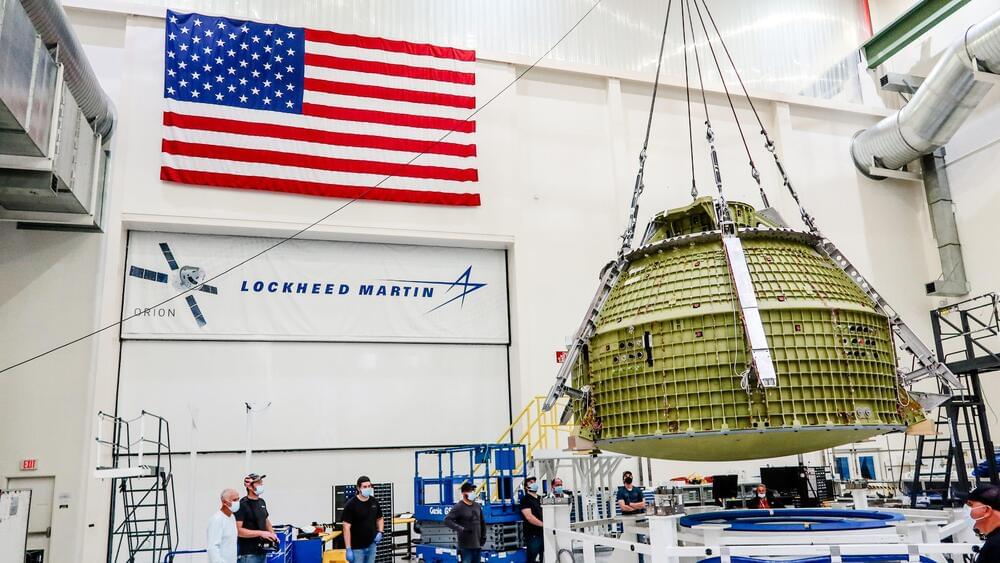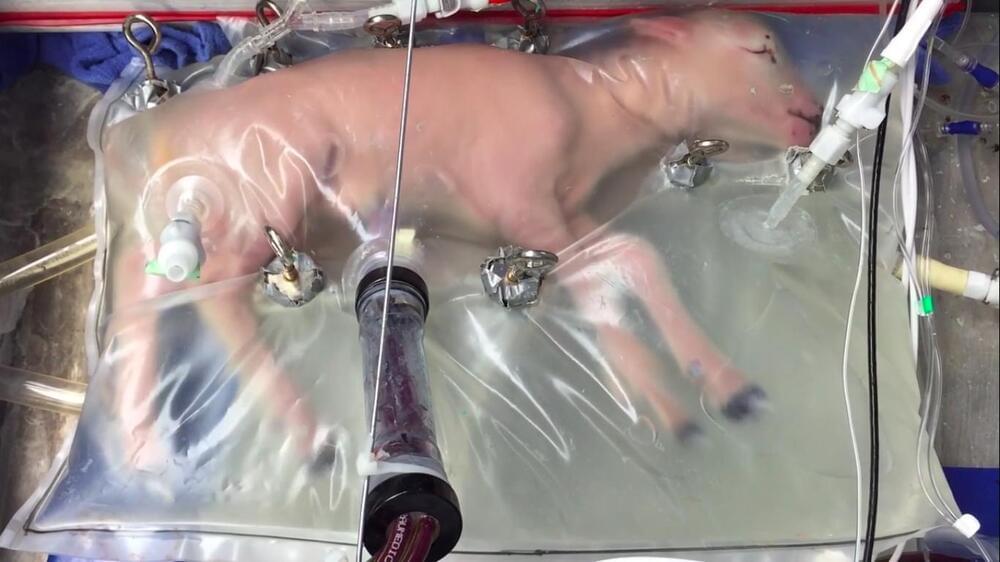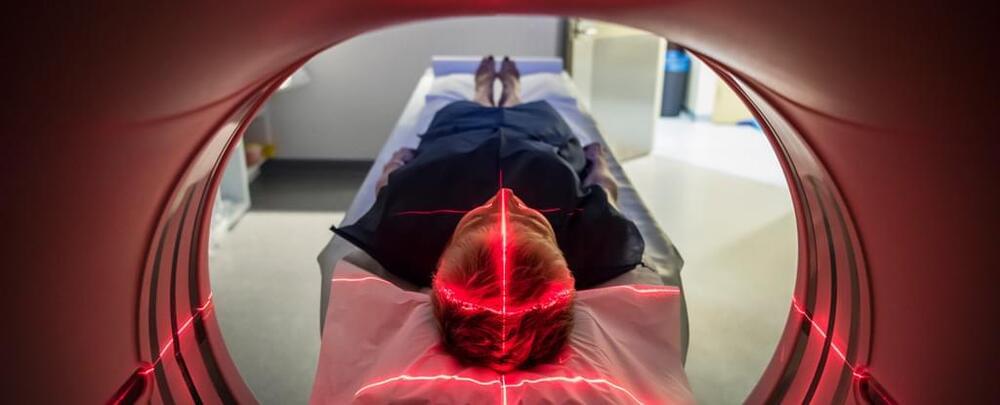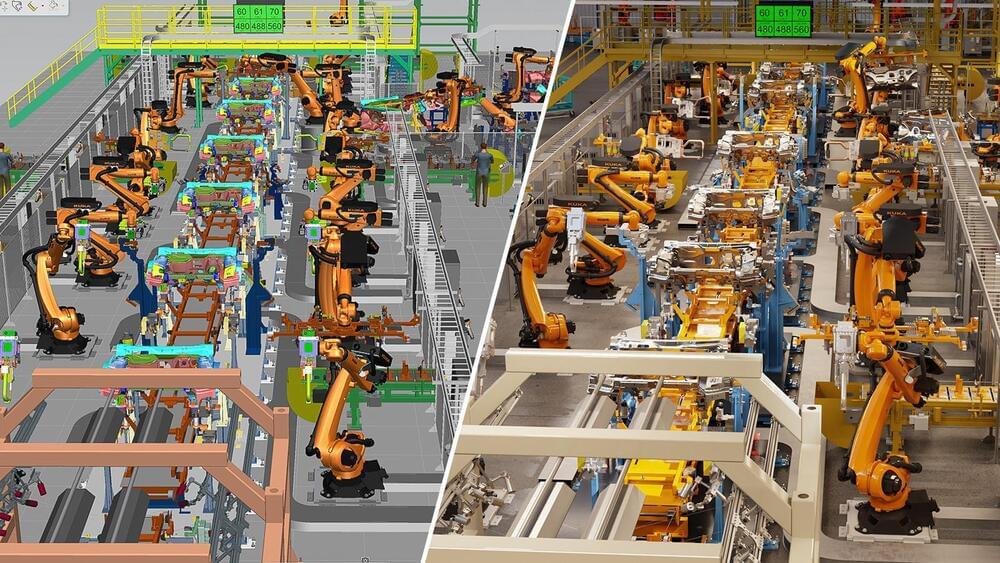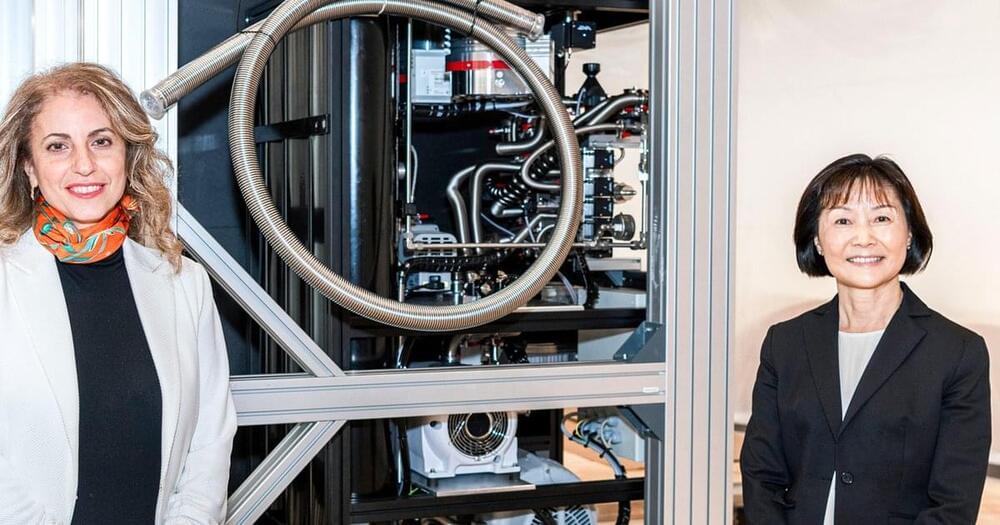A tactical ground station that finds and tracks threats to support long-range precision targeting, TITAN promises to bring together data from ground, air, and space sensors. Graphic courtesy of Raytheon.
With Project Convergence, the Army has sought to further its integration into the Joint Force and change the way it fights, with an eye toward greater speed, range, and accuracy — particularly for long-range precision fires. Army leadership is looking particularly to close the gaps around sensor-generated intelligence — specifically how it’s sensed, made sense, and acted upon.
To that end, Raytheon Intelligence & Space (RI&S) was selected in June for a competitive, prototype phase in the continued development of the Army’s Tactical Intelligence Targeting Access Node (TITAN) program. Awarded under an Other Transaction Agreement, TITAN seeks to turn battlefield intelligence into targeting information. A tactical ground station that finds and tracks threats to support long-range precision targeting, TITAN promises to bring together data from ground, air, and space sensors.


